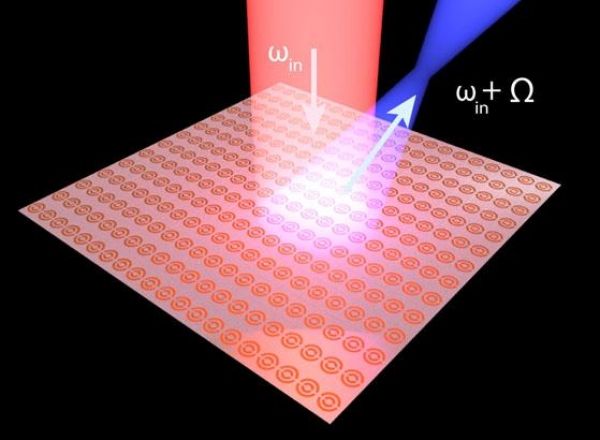Researchers at Los Alamos National Laboratory are reinventing the mirror, at least for microwaves, potentially replacing the familiar 3-D dishes and microwave horns we see on rooftops and cell towers with flat panels that are compact, versatile, and better adapted for modern communication technologies.
“Our new reflectors offer lightweight, low-profile alternatives to conventional antennas. This is a potential boon for satellites, where minimizing weight and size is crucial,” said Abul Azad, of the MPA-CINT group at Los Alamos National Laboratory. “The panels could be easily incorporated onto surfaces of buildings or terrestrial vehicles as well.”
Most reflectors are reciprocal: in the case of a bathroom mirror, for example, if you can see someone reflected in it, they can see you too. The new reflector design breaks reciprocity, effectively turning it into a one-way mirror.
The flat-panel reflector can be controlled electronically, which means its characteristics can be reconfigured on the fly. This opens the window for beam steering, customized focusing, and other functions that are difficult to achieve with conventional antenna designs. Miniaturized versions could improve chip-based circuitry by ensuring that signals go only to the intended components and don’t lead to inadvertent signals in other parts of the circuit, a problem that chip designers often have to worry about.
Read more at DOE/Los Alamos National Laboratory
Image: What goes in is not what comes out with a spatio-temporally modulated metasurface reflector. (Credit: Los Alamos National Laboratory)


